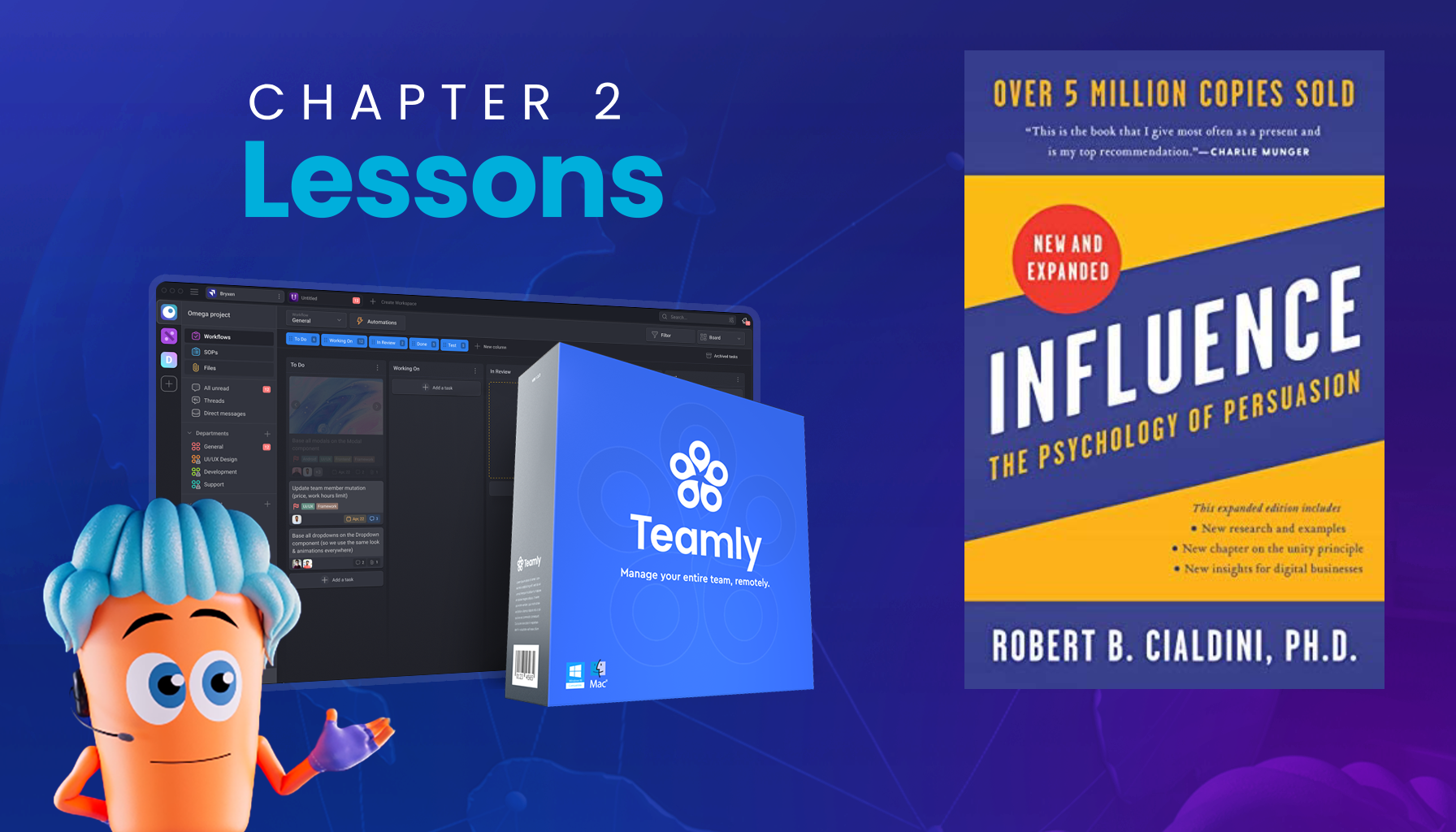
Click the button to start reading
High Volume Hiring: A Project Manager’s Guide
Have you ever found yourself in a situation where you need to hire a large number of employees in a short amount of time? If so, you know that it can be a daunting task.
There are a lot of moving parts involved in high volume hiring, and if you’re not careful, things can quickly get out of hand. As a project manager, you need to be prepared for everything.
That’s why we’ve put together this guide on high volume hiring. Essentially, it’s a 30,000 foot overview of the entire process, from start to finish. By the end of this article, you will know everything important about high volume hiring so that your next hiring project won’t feel so daunting.
If you’re responsible for high volume hiring, this guide is a must-read.

Definitions & Examples
DEFINED –> High volume hiring is the process of hiring a large number of employees in a short amount of time. It’s often used in situations where there is an urgent need for more employees.
There are several situations you might find yourself in where high volume hiring is necessary:
- You might be opening a new location and need to staff it quickly.
- You might be launching a new product and need to increase your sales team.
- You might be experiencing rapid growth and need to hire more people to keep up with demand.
- Or, you might simply need to replace a large number of employees who have quit or been fired.
High volume hiring can be a daunting task, but with the right plan in place, it can be done relatively easily.

Types of high volume hiring
Let’s say you’re a project manager, responsible for hiring a team of 10 new customer service reps. You’ve never hired this many people at once before, and you’re feeling a little overwhelmed.
Luckily, there are a few different methods of high volume hiring that can help make the process easier.
- One option is to hire through an agency. This can be a good way to ensure that you’re getting high-quality candidates, but it can also be expensive.
- Another option is to post the job on a job board. This will give you a wider pool of candidates to choose from, but it can be time-consuming to sift through all the applications.
- Finally, you could also hold open auditions. This is a great way to meet potential candidates in person, but it can be logistically challenging to coordinate.
The best way to approach high volume hiring will depend on your specific needs and circumstances.

Creating your plan
You’re about to embark on a high volume hiring adventure! Creating a plan will help you stay organized and focused throughout the process. Here are a few things to keep in mind as you put your plan together:
1. Determine what kind of employees you need.
Are you looking for customer service reps? Production workers? Seasonal employees? The first step is to determine what kind of employees you need. This will help you narrow down your candidate pool and make the hiring process a little bit easier.
Remember, it’s important to be as specific as possible when writing job descriptions. The more detailed you can be, the better.
Sloppy job descriptions will result in a lot of unqualified candidates applying for the position. So take your time and make sure you’re being clear about what you’re looking for.
2. Figure out how many employees you need to hire.
This may seem like a no-brainer, but it’s important to have a solid number in mind before you start the hiring process. Trying to hire too many employees at once can be overwhelming and lead to mistakes being made.
On the other hand, not hiring enough employees can leave you short-staffed and struggling to keep up with demand. So take a look at your business’s needs and come up with a realistic number of employees that you need to hire.
Do you need to hire 10 employees? 100? 1000? Knowing this number ahead of time will help you create a more efficient hiring process.
3. Set a budget.
Hiring can be expensive, so it’s important to set a budget before you start the process. This will help you avoid overspending and ensure that you’re able to find the best candidates for the job.
Here’s a checklist of some common expenses that you should factor into your budget:
- Job postings
- Recruiting fees
- Background checks
- Drug tests
- Training materials and programs
In general, your budget should be based on the number of employees you need to hire and the type of position you’re looking to fill. For example, if you’re hiring for a high-level executive position, you can expect to spend more than you would if you were hiring for an entry-level retail job.

4. Create a hiring timeline
When do you need to have the positions filled by? This is an important question to answer as you create your hiring timeline.
Keep in mind that the hiring process can take some time, so it’s important to start early. If you wait until the last minute, you may find yourself rushing through applications and making hasty
5. Decide how you’re going to find candidates.
There are a number of different ways to find candidates for your open positions. The best way to find candidates will vary depending on the type of position you’re looking to fill and the budget you have to work with.
Some common ways to find candidates include:
- Posting job listings online
- Working with a staffing agency
- Asking for referrals from current employees
- Running ads in newspapers or on websites
- Attending job fairs
There are a number of different ways to find candidates. The best way to find candidates will vary depending on the type of position you’re looking to fill and the budget you have to work with.
6. Write appealing job descriptions.
Once you’ve figured out how you’re going to find candidates, it’s time to write the job listing. This is your chance to sell the position to potential applicants.
Make sure your job descriptions are clear, concise, and free of any typos or grammatical errors. Be sure to include information about the company, the position, and the qualifications you’re looking for.
And don’t forget to include a call to action! Tell candidates what you want them to do (e.g., “send your resume to ___”) and make it easy for them to do it (by including an email address or link to an online application).
Let’s say your hiring customer support representatives for your new online store. Your job listing might look something like this:
Do you have what it takes to provide world-class customer support? We’re looking for candidates who are patient, empathetic, and have a passion for helping others. If you have experience in customer service or a related field, we want to hear from you!
As a customer support representative at our company, you will be responsible for handling customer inquiries and complaints. This is a fast-paced position that requires excellent multitasking and communication skills.
If you think you have what it takes to excel in this role, please send your resume and a cover letter to [email protected].
7. Develop a screening process
Once you start receiving applications, it’s time to develop a screening process. This will help you weed out unqualified candidates and save time in the long run.
What your looking for here will depend on the type of position you’re hiring for. But in general, you’ll want to screen for:
- Work experience
- Education
- Skills
- Professional references
It’s important to remember that your screening process should be tailored to the specific position you’re hiring for. For example, if you’re hiring for a marketing position, you might place more emphasis on a candidate’s writing skills than you would if you were hiring for an accounting position.
8. Conduct interviews
After you’ve screened the applications, it’s time to start conducting interviews. This is your chance to get to know the candidates and see if they’re a good fit for the position.
When conducting interviews, there are a few things you’ll want to keep in mind:
Prepare questions in advance. This will help you stay focused and avoid asking any illegal questions.
Take notes during the interviews. This will help you remember each candidate when it comes time to make a decision.
Make sure all candidates are treated equally. This means avoiding any questions that could be considered discriminatory.
After the interviews are over, it’s time to make a decision. If you’re having trouble choosing between two candidates, it might help to conduct a second round of interviews. Or you could ask each candidate to complete a short test related to the position.
9. Make an offer
After you’ve decided on the candidate you want to hire, it’s time to make an offer. This is where you’ll discuss salary, benefits, start date, and other important details.
Before making an offer, be sure to check with your HR department to make sure you’re following all company policies. You’ll also want to have an offer letter prepared. This is a formal document that outlines the terms of employment.
Once you’ve made the offer, all that’s left to do is wait for the candidate’s response. If they accept the offer, congratulations! You’ve just successfully completed the high volume hiring process.

Issues with high volume hiring
While high volume hiring can be an effective way to fill open positions, it’s not without its challenges. Here are a few potential issues you might encounter:
Issue #1. Not enough qualified candidates
If you’re having trouble finding enough qualified candidates, it might be time to rethink your job listing. Make sure you’re being clear about the skills and experience you’re looking for. You might also want to consider changing the way you’re advertising the position.
Issue #2. Too many unqualified candidates
If you’re receiving too many applications from unqualified candidates, it might mean that your job listing is too vague. Be sure to be specific about the qualifications you’re looking for. You might also want to consider using a screening tool to help you weed out unqualified candidates.
Issue #3. Hiring takes too long
If the hiring process is taking too long, it could be because you’re being too picky. Try to relax your standards and focus on finding candidates who are a good fit for the position, even if they’re not perfect.
Issue #4. High turnover rate
If you’re noticing a high turnover rate, it could be because you’re not taking the time to onboard and train your new hires properly. Be sure to set aside some time to orient your new employees and help them acclimate to their new roles.

Post-hire considerations
Once you’ve successfully hired a new employee, there are a few things you’ll need to do to make sure they’re set up for success.
Here are a few post-hire considerations:
- Onboarding – Be sure to set aside some time to onboard your new hire. This is when you’ll introduce them to the company and help them acclimate to their new role.
- Training – Once onboarding is complete, it’s time to start training your new hire. This is when you’ll teach them the skills they need to do their job.
- Performance reviews – Be sure to conduct regular performance reviews with your new hire. This will help you identify any areas where they need improvement.
- Compensation – Be sure to review your new hire’s compensation and long term incentive plans on a regular basis. This will ensure that they’re being paid fairly for their work.
By following these post-hire considerations, you can help your new hire adjust to their new role and set them up for success.
Wrapping up…
Never underestimate the power of a good hiring process. The key is to find a system that works for you and your company. With a little trial and error, you can find a system that will help you hire the best candidates for the job.
It’s hard to capture everything you need to know about high volume hiring in one guide. But now you are on the right path and have the basic knowledge you need to get started.
















